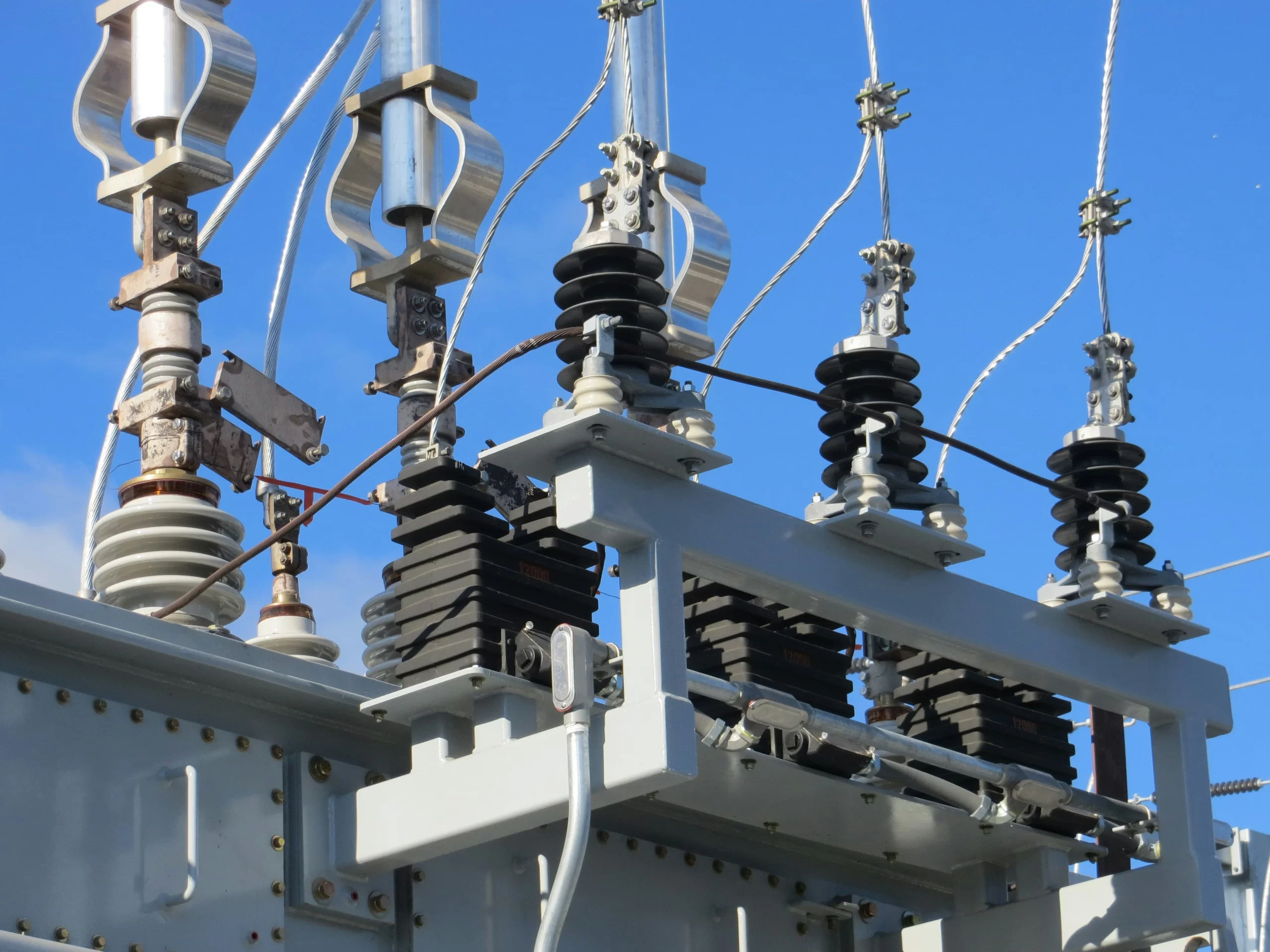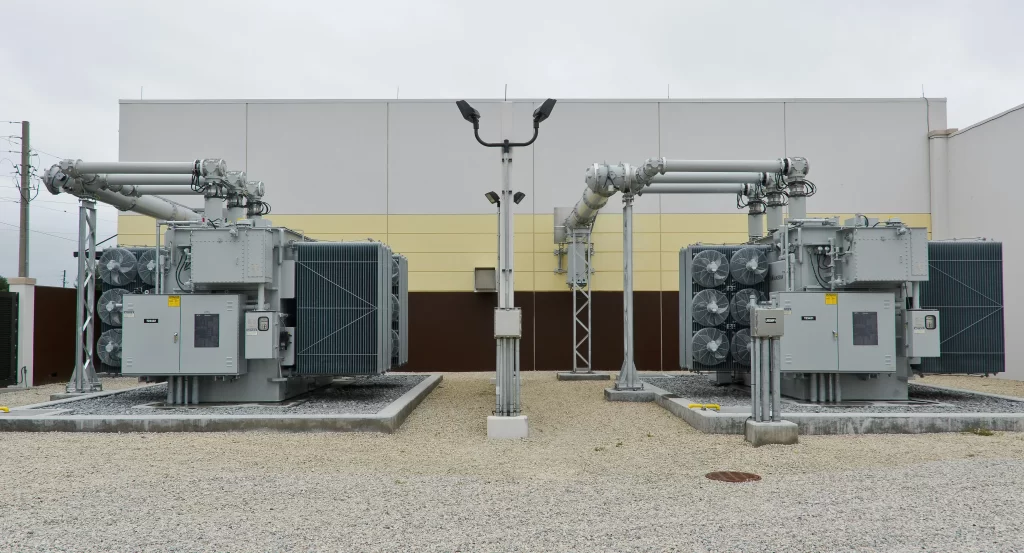- +61 2367 673 892
- info@alifengineering.com
Menu
Designing and calculating effective earthing systems is vital for ensuring safety, compliance, and the integrity of equipment. This study focuses on developing grounding solutions that adhere to Australian standards, including AS/NZS 2067, AS/NZS 3007, and IEEE80. Our primary objective is to mitigate hazards such as step and touch voltages while providing reliable grounding for safe and effective system operation.


• Soil Resistivity Analysis: We use site-specific soil resistivity measurements to design grounding systems tailored to local conditions.
• Ground Grid Design: We calculate the required grid size, conductor specifications, and depth to meet the target ground resistance and ensure
compliance with Australian standards.
• Safety Hazard Simulation: We simulate fault scenarios to assess step and touch voltages, ensuring they remain within acceptable safety limits.

Through precise design and adherence to regulatory requirements, we deliver grounding systems that ensure personnel safety, equipment protection, and reliable system operation under diverse conditions.

Alif Engineering delivers reliable power system solutions, ensuring safety, efficiency, and compliance for diverse energy projects.